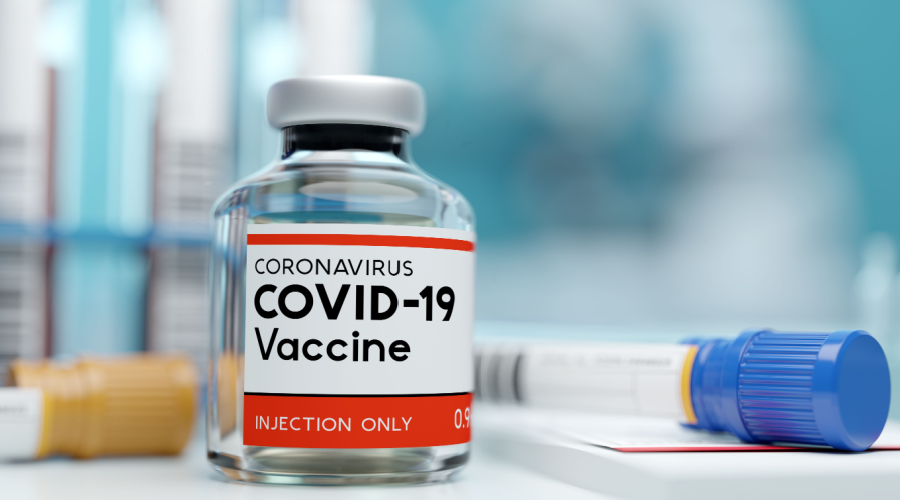It takes money to make money. (Cue eye roll.)
You’ve heard that before. Like most clichés, it’s annoying but true.
Especially for small businesses, like your independent community pharmacy.
Ideally, most of your spending would go directly to items and activities that bring in money, such as purchasing the pharmaceuticals your business runs on. But in reality, you have to rent or own a building in which to sell those medications, you have to pay staff to help manage those medications and you have to purchase equipment to enable dispensing them.
All those expenses make up your overhead costs, or costs that don’t directly make you money.
Other examples of pharmacy overhead costs include:
- Advertising
- Insurance
- Interest
- Legal fees
- Maintenance
- Supplies
- Taxes
- Travel
- Utilities
As you can see, the list adds up quickly. But that long list also means small cuts across all of them can save you money.
And the less money you spend on overhead, the more money you get in your pocket.
Here are some ways to cut your pharmacy overhead costs and make more profit.
Evaluate your pharmacy overhead costs
The first step to reduce pharmacy overhead costs is to establish your current costs.
One common cause of high overhead is a failure to regularly evaluate expenses and to determine if you have better options. That’s why many services offer huge discounts for the first year (think of your cable bill). They bump the price the next year and hope customers never notice or object.
Overhead is typically calculated on a monthly basis, although you can also calculate your overhead costs per day, week or year. Once you establish your overhead costs, you can analyze them and figure out where you can reduce costs.
How to calculate your overhead costs:
- Step 1: Create a comprehensive list of all your expenses besides billable labor and direct materials.
- Step 2: Split the list into manageable cost categories, like building, staff, administration, and marketing.
- Step 3: Add up the costs. Be sure to include a total for each category and for the overall overhead.
Bonus tip: If you want to know the percentage of costs you spend on overhead, divide the yearly total overhead expenses by the total yearly expenses and convert the ratio to a percentage.
Once you have a comprehensive list, you can see where your highest costs are coming from. That’s a good place to start looking for areas to cut.
Trim building costs
A huge portion of overhead includes costs associated with your building. It takes money to pay for the building, to insure it, to maintain it, and to keep it operational. See where you can make cuts in these categories.
Rent
It never hurts to try to renegotiate your rent. You provide steady income to your landlord, and if you’ve proven to be a good tenant, you could negotiate a price decrease with a commitment to stay longer. It costs your landlord a lot more to find a new tenant than to keep an existing one. If you have a mortgage, keep an eye on interest rates. Pay attention to other offers. If someone is offering a rate below your current one, it may be worth refinancing, which could save you hundreds of dollars per month.
Insurance
Insurance prices constantly fluctuate. They depend on the year, the price of your property, and often the number of claims you’ve made. Seek multiple bids every year before you renew your coverage. If you’ve never applied for different coverage, you could be missing out on huge monthly savings.
Maintenance and repair
The best way to reduce maintenance costs is to invest heavily in preventative maintenance. Make sure your maintenance team has a preventative checklist every week and month to ensure you fix problems before they grow. Most of the time, repairs cost less than replacements.
Utilities
Try these tips from ENERGY STAR to maximize the efficiency of your utilities.
- Change your air filter every three months at a minimum. A dirty filter will slow down air flow and make the system work harder to keep you warm or cool, which wastes energy.
- Tune up your HVAC equipment yearly. Just as a tune‐up for your car can improve your gas mileage, a yearly tune‐up of your heating and cooling system can improve efficiency and comfort.
- Install a programmable thermostat. Keep rooms that have minimal traffic (such as stock rooms and warehouses) cooler in the winter and warmer in the summer.
Maximize staff management
Staff salaries likely make up the largest portion of your pharmacy overhead costs.
Your employees are a valuable part of your pharmacy and worth paying well. But that doesn’t mean you can’t find ways to optimize costs.
Evaluate how useful their current time is. Could you reduce their hours and maintain the same business productivity? Or, could you manage their schedule better to prevent paying overtime to full-time employees? Is there a workflow problem causing overtime?
Regularly ask these questions to maximize your spending on valuable employees.
Also, take the time to evaluate your business goals and how many employees it takes to fulfill them. You may find that you’ve hired more employees than you need.
Finally, consider whether investing in automation could help. Although it requires significant investment upfront, automation increases efficiency and reduces yearly costs by potentially eliminating a salary. While automation does replace an employee(s), it enables you to better serve your patients and improve their outcomes.
Hone your marketing
Are your marketing efforts efficient? Or, are you throwing seed to the wind hoping some will take root?
While marketing is crucial to your business, it’s also expensive. And not every strategy is effective.
Make sure the money you spend on marketing justifies the expense.
To do that you need to regularly evaluate how much business your marketing is driving to your pharmacy. For example, use Google Analytics to evaluate your website traffic. Or, simply ask new customers how they found your pharmacy.
Also, consider the placement of your advertisements. Are costs rising every year? Is the medium losing circulation? Do better, growing mediums offer cheaper ad space? If you aren’t constantly analyzing your ads, you can’t maximize your money.
Instead, post and share content on social media rather than running paid advertisements. In terms of pharmacy overhead costs, you’ll get the best bang for their buck because managing your social media pages only requires a little time. You could reduce overhead costs dramatically by replacing underperforming advertisements in newspapers or phonebooks with proactive marketing on social media.
Slim down administrative costs
Administrative costs are like ants. Each one on its own is tiny and forgettable, but together they’re a terrifying hoard. (Just ask those crumbs you left on the kitchen counter.)
Administrative costs include:
- Office supplies
- Equipment
- Shipping materials
As with all your overhead, you should always evaluate the expenses and determine if they’re worth what they cost. (Hint: you probably don’t need that expensive ultra-plush toilet paper.)
Consider small ways to reduce shipping costs, like choosing the smallest box possible. Reducing a box size by one inch, for example, could save you more than $20 in shipping costs. Or, use one shipping box that can resize multiple ways, so you won’t have to stock as many boxes.
Sometimes, it can be worth charging small fees for certain services if there’s no other way to make up the costs. For example, adding a small fee for delivery service will help offset the costs of the delivery.
Ultimately, always be thorough in your evaluations and creative in your solutions.
Make smart cuts across your overhead and reap huge rewards for your pharmacy.
A Member-Owned Company Serving Independent Pharmacies
PBA Health is dedicated to helping independent pharmacies reach their full potential on the buy-side of their business. Founded and owned by pharmacists, PBA Health serves independent pharmacies with group purchasing services, wholesaler contract negotiations, proprietary purchasing tools, and more.
An HDA member, PBA Health operates its own NABP-accredited secondary wholesaler with more than 6,000 SKUs, including brands, generics, narcotics CII-CV, cold-storage products, and over-the-counter (OTC) products — offering the lowest prices in the secondary market.












